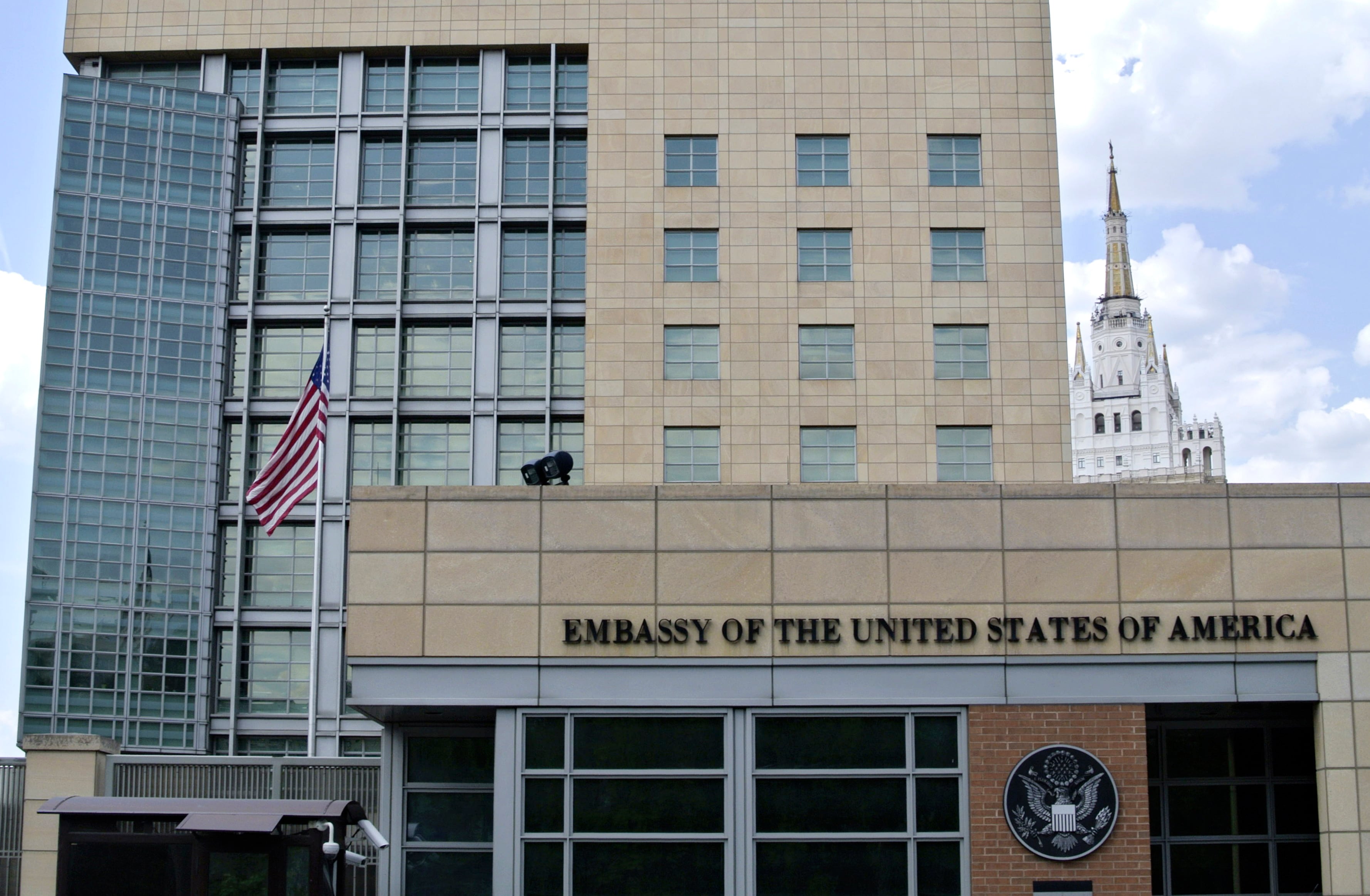In an effort to build opportunities for seasoned professionals looking to join the State Department’s prestigious Foreign Service, officials unveiled an pilot program to recruit 35 future diplomats who may be looking to make a mid-career switch.
The Foreign Service is a unique cadre of diplomacy experts whose work spans several agencies, though this program applies only to those interested in working for the State Department, home to the largest population of these workers.
“The Lateral Entry Pilot Program is designed to help fulfill the department’s commitment to close staffing gaps in areas critical to U.S. foreign policy by recruiting and hiring mid-career professionals with needed experience and expertise,” said a department spokesperson to Federal Times. Officers can be appointed up to the age of 60.
After plans during the Trump administration to cut the State Department workforce through hiring freezes and budget shortfalls, it has been the priority of the Biden administration under Secretary of State Antony Blinken to rebuild the agency’s workforce, comprised of all roughly 70,000 civilians and Foreign Service officers. Recruiting initiatives at State, like many agencies, are often aimed at bringing in more young people and fresh graduates, but the department has also been trying to appeal to those already in the civil service, broader public sector, private sector or academic realm.
Though attrition rates for Foreign Service officers have been lower than the governmentwide average in recent years, the department said in its most recent human capital plan that hiring has been below what was needed to replace retirements and and other departures.
“There is extremely limited mid-career entry into the Foreign Service, mostly through civil service to Foreign Service conversion,” wrote Sonnet Frisbie, a former officer, for the Foreign Service Journal 2023 summer edition.
In 2017, Congress came to a similar conclusion and mandated in the National Defense Authorization Act a program permitting mid-level entry into the Foreign Service. The fruit of that effort is being born with the first group of applicants being selected this year.
This new program will not fundamentally change the rigorous application process or requirements, but it brings on qualified candidates as FP-03 or FP-02 officers commensurate with their educational background or prior experience.
There are nine “grades” in the Foreign Service pay scale, with lower numbers denoting higher seniority. In this case, job postings advertise an annual salary range of $98,697 to $191,900.
Applicants will apply as any other candidate would through USAJobs but won’t be required to take the Foreign Service test. Instead, those selected will be invited to take the customary officer assessment, a combined exercise involving an interview and navigating mock situations.
After completing a tour of duty, program participants will be treated as mid-level officers and can compete for promotions and other job openings at that level. They’ll be evaluated against similarly ranked officers who may have more years of embassy or overseas “lifestyle” experience, a criticism brought by some weighing in on Reddit, a public forum where employees often discuss relevant topics under anonymous usernames.
Some opponents to the program expressed concerns about perceptions of “skipping the line” posing a morale issue for career officers. They said it could also put lateral-entry hires at a strategic disadvantage to those who have an established network within the department and an understanding of what a life at the department, or a remote outpost, is like.
RELATED

“I will be really interested to see what the onboarding planned for this group is, because for better or worse, State has a pretty strong institutional culture with lots of unwritten rules and knowing and having relationships to work the building can be just as important as foreign policy or technical knowledge,” said one commenter online.
Tom Yazdgerdi, president of the American Foreign Service Association, raised as similar concern, saying in a statement to Federal Times that career diplomats could perceive this as “years of dedication and gradual ascent through the ranks overshadowed by hires brought in at mid- levels without the same entry-level, on-the-job training.”
A department official told Federal Times the pilot is slated to last five years.
“As with any pilot program, the Department will evaluate the success of the first phase before launching the next phase,” the official said.
Yazdgerdi said a better way to fill talent gaps is through developing existing talent.
“This is a workforce rich in experience, cultural knowledge, and skills, eager to be trained in new, critical needs areas that can enhance the capacity of the modern Foreign Service,” he added. “Moreover, given the anecdotal experiences we have heard from similar programs in the past, the department has struggled to retain these mid-level hires.”
In October, at the dedication of a new State Department building in Arlington, Virginia, Blinken said the agency rolled out an inaugural core curriculum to address training gaps for mid-career employees.
“The truth is for decades, we underinvested in training because we were short-staffed on the front lines,” Blinken said.
Similar to the military, the service is “up or out,” meaning the number of available promotions typically depends on how many left the job and how many positions are funded. There are also time-in-grade rules, mandatory retirement criteria and tenure policies that guide advancement.
Over the last decade, promotions have been higher because of a need to fill mid-level staffing gaps and then fell in 2017, but the department said in its 2019-2023 workforce plan that promotions rates should return to normal levels.
Given, however, the large number of hires made in the early and mid 2000s, ensuring that there are enough mid-level spots is critical, the plans said. Attrition will continue to supply promotion opportunities, the plans say, and this rate has remained relatively steady over the last 10 years.
Molly Weisner is a staff reporter for Federal Times where she covers labor, policy and contracting pertaining to the government workforce. She made previous stops at USA Today and McClatchy as a digital producer, and worked at The New York Times as a copy editor. Molly majored in journalism at the University of North Carolina at Chapel Hill.





